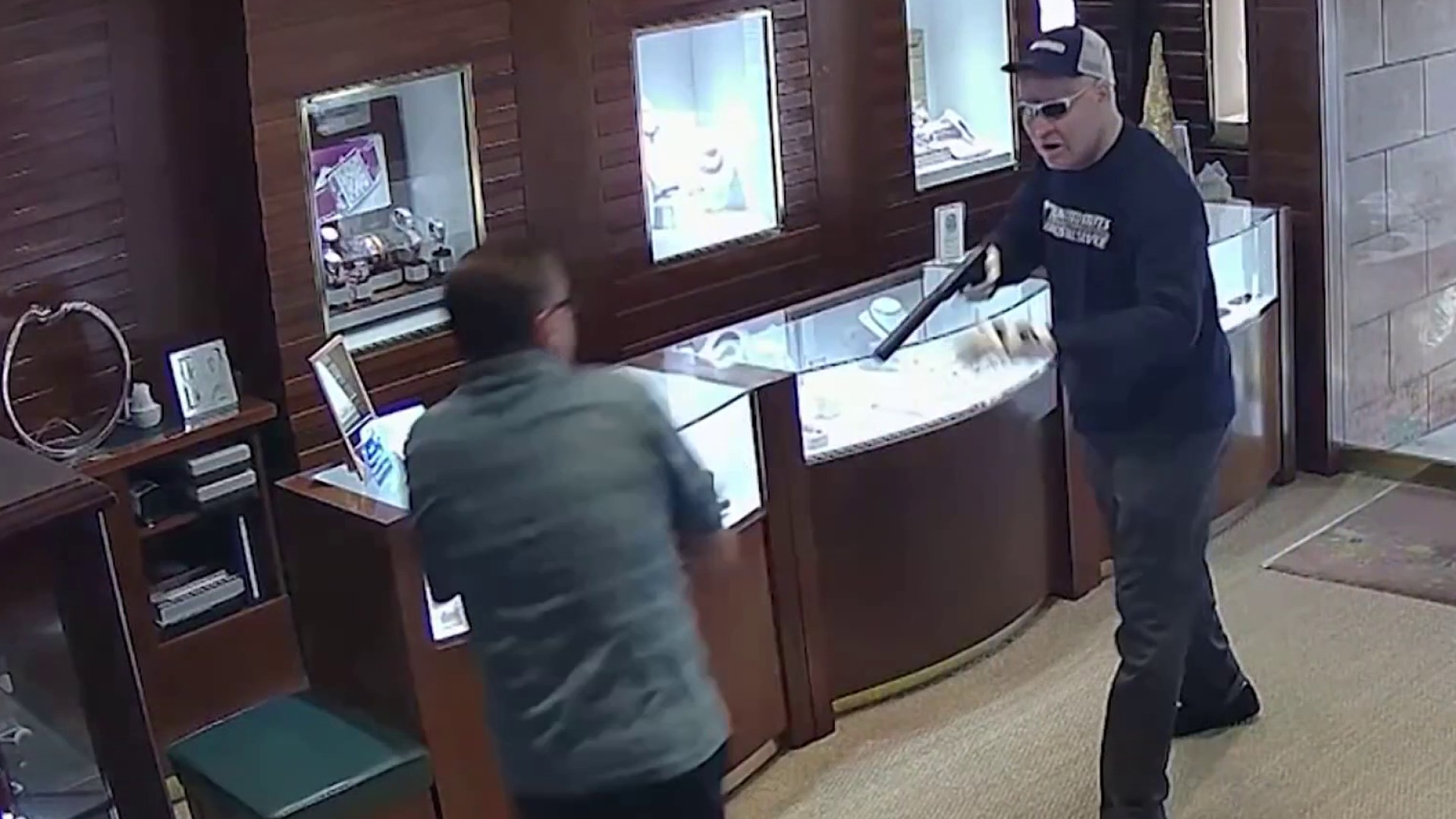For the first time, engineers who investigated the collapse of Champlain Towers South are going public with the evidence they say points to where the first failure in the structure occurred just minutes before the building came down, killing 98 people.
Engineers form the Chicago-based national engineering firm Wiss, Janney, Elstner Associates were hired by the court-appointed receiver for the condo association to investigate the collapse.
Watch NBC6 free wherever you are
Tuesday, they released a webinar on their website detailing their findings.
Matthew Fadden, a WJE associate principal in the firm’s Fort Lauderdale office, told the NBC6 Investigators the cause of the collapse could not be laid to one thing or person.
Get local news you need to know to start your day with NBC 6's News Headlines newsletter.
“No, no. There never is with anything like this, right?” he said.
The engineers agree with preliminary reports from federal investigators with the National Institute of Standards and Technology, who have cited several issues: flawed designs that overloaded certain areas of the structure; construction that did not meet building codes; additions and modifications to the building over its 40 years that made matters worse; and the degradation of certain critical areas.
And, like NIST, the WJE team focused on the pool deck that witnesses said was the first part of the building to fail, some seven to 12 minutes before the first part of the tower collapsed at 1:22 a.m. June 24, 2021.
Investigations
NBC 6 Investigates gets results
But the exact location of the initial failure has yet to be determined by NIST, which is expected to take another year or more to issue its conclusion.
In its webinar, and in an interview with NBC6 Friday, Madden laid out his team’s best conclusion.
“There were punching shear failures in the pool deck,” he said, “and that pool deck then applied loads to the building that then collapsed the structure.”
To demonstrate how punching shear works, he placed a pen beneath a sheet of paper and pushed the paper down – as gravity and loads would exert forces on a slab of concrete – until the pen punched through the paper, as a concrete column would in a punching shear failure.
“Punching shear is a mechanism essentially where the deck would come down and the column punches through,” he said.
And it was such a failure on the west edge of the pool deck where they think that the first failure occurred, pointing to two columns specifically: L-13.1 and K-13.1.

“They're both in the pool deck area and we have photos of both of those issues,” he said, pointing to a composite photo of L-13.1 taken in the parking garage on Nov. 13, 2020 – about seven months before the collapse.
“We see water coming in along the face of the column,” he said, “which is very indicative of punching shear related distress.”
And he displayed photos of planters on the west side of the pool deck taken just three weeks before the collapse showing large cracks in planters just west of the area supported by column L-13.1.
Beneath the planters was the area supported by K-13.1, “which is actually the most heavily loaded column we believe on that pool deck,” Fadden said. “K-13.1 and punching shear certainly is the mechanism that brought down the building. It is almost, you know, with very high certainty.”

There have been many theories about the triggering event thrown around since the collapse -- everything from a heavy object falling from the roof onto the pool deck, to a car hitting a column in the garage, to corroded steel reinforcement breaking away from where the pool deck met the south retaining wall.
But, aside from NIST, Fadden and his colleagues – in the unique position of working for what remained of condo association itself -- have been closest to the evidence that led to their conclusion as of now.
Fadden said, though, that they will await NIST’s final report before making any further, final determination.
But, in summarizing what they have determined, the webinar by Ladden and the firm’s executive vice president Gary Klein lays out this scenario:
Sometime between April 2020 (when a photo showed the planters appeared sound) and June 2021 (when the large cracks appeared), the pool deck slab beneath the planters began to bend, causing cracks in the area where the suspect columns met the pool deck.
Then, beginning around 1:10 a.m. the initial failure, likely at K-13.1, followed by nearby columns punching through the deck, causing a larger area of deck to cave in around 1:15 a.m.
The resulting loss of stability in the deck was so great, seven minutes later the towers to the north and east could no longer withstand the loads and forces and came crashing down.
From tragedies like this, engineers are hoping to learn, but Ladden also wants the public to know how rare they are.
“Nearly all buildings are extremely safe. Our safety factors are robust. Our designs are robust and it takes many more factors than just one typically to cause a failure like this,” he said.
Determining which entities were at fault and to what degree turned out to be legally unnecessary. Without admitting fault, dozens of actual and potential defendants in the ensuing lawsuits wound up settling for more than $1.1 billion in a deal reached almost exactly one year after the collapse.



